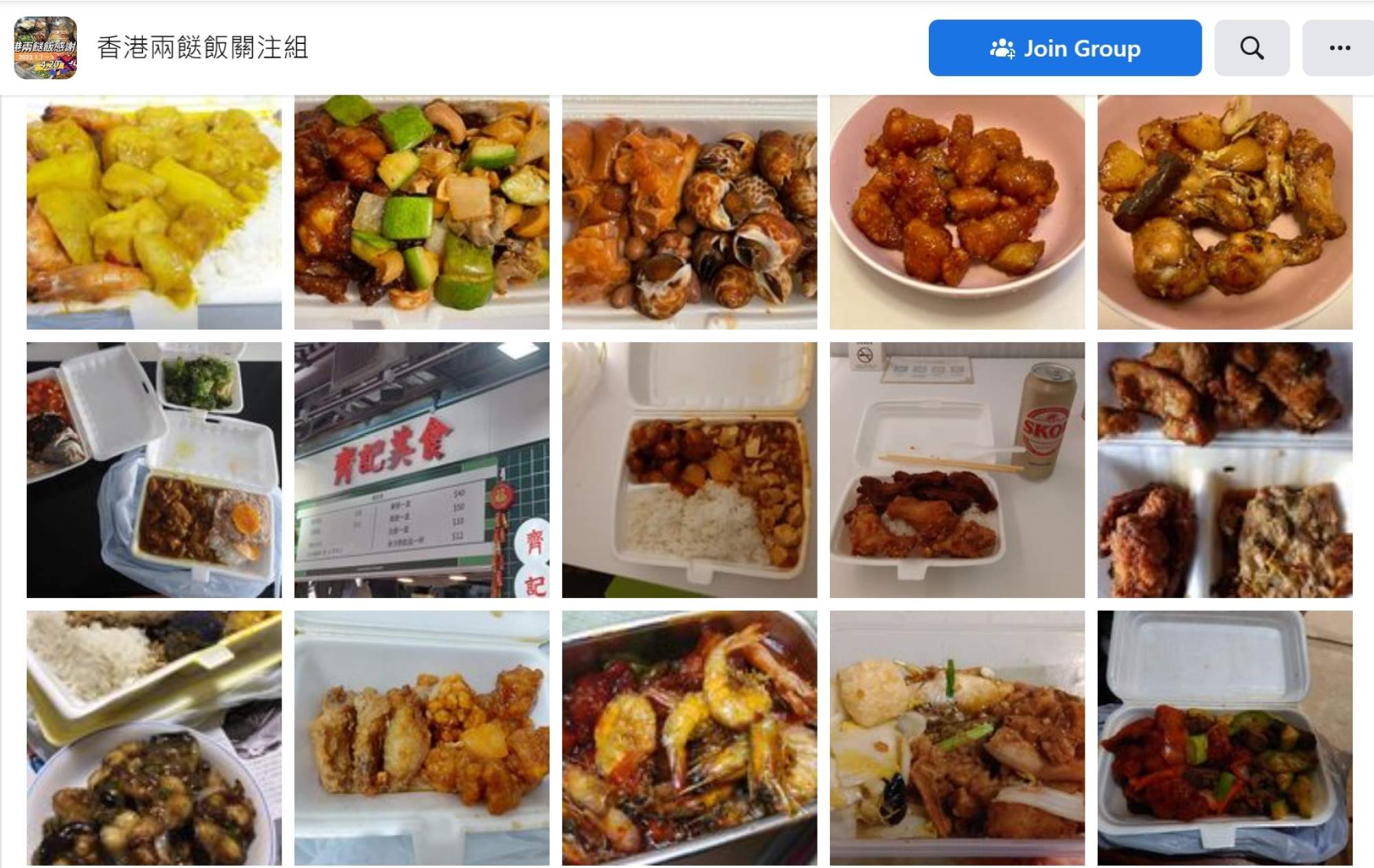
The extraordinary power of Hong Kong’s ‘two-dish-rice’ meal boxes: home-cooked food that fills the city’s people with hope
- Hong Kong’s staple ‘two-dish-rice’ meal boxes – a big portion of rice with two Cantonese dishes for US$3 to US$5 – are seeing a resurgence during the pandemic
- Not only are these meal boxes cheap, they have rekindled the city’s Lion Rock ‘can-do’ attitude and have challenged its (at times) exclusionary dining landscape
With over 50 Michelin-starred dining venues across the city, Hong Kong boasts some of the world’s best fine-dining experiences that range from the surprisingly affordable to ultra-exclusive and overpriced.
Thanks to Covid-19, the city has had to endure more than its fair share of draconian anti-pandemic restrictions such as an evening dine-in ban that has only just been lifted.
Even some popular local fast-food chains, the go-to eateries for the masses during times of economic downturn, have taken a big hit and seen their businesses plummet during the on-again-off-again dine-in bans.

This has all prompted the resurgence of Hong Kong’s “two-dish-rice” meal box staple, crafted by the city’s more modest eateries, which have taken the city by storm.
This uniquely Hong Kong dining model offers a HK$25-HK$40 (US$3-US$5) meal box that customarily contains a generous portion of rice with two Cantonese dishes of your choosing. Sometimes, for an extra HK$10, you can get three dishes – all of which are served hot in a styrofoam takeaway container.
When it comes to comfort food, nothing beats Chinese congee
Group members have even created a map for finding the best two-dish-rice offers in town. In Sham Shui Po in Kowloon alone, there are more than 30 such restaurants.
Its founder, Andrew Wong, has been documenting the revival of this food trend since late 2020, a few months after a blanket evening dine-in ban was first introduced.

The Good Samaritan spirit has been in full swing, with some of these bargain-price eateries offering the occasional gourmet dish like lobsters, crabs and other seafood to spice up this essential Hong Kong dining experience.
Some owners have even been serving extra portions on request for the needy.
I have heard a story about a mother asking the server of a two-dish-rice restaurant if one such meal box could feed three people. Without hesitation, the staff member shouted out to the kitchen to use a bigger container and to pack as much food in as possible for the customer.
The glass half-full way to look at the exodus from Hong Kong
During a typical Chinese home dinner, family members usually eat two dishes – sometimes more – as well as a bowl of soup. The dishes are different every day, which means even a simple family dinner can be varied and enjoyable. On special occasions such as birthdays, there may even be three dishes on the table.
In other words, the ethos of the two-dish-rice meal box is to replicate this heartening home-dining experience for those who seldom eat home-cooked food, either because they are too busy to cook or they are unable to afford it.

Two-dish-rice boxes have always been one of the top comfort foods in the city, but they are often viewed as a dining choice for working-class, blue-collar Hongkongers or thrifty students.
No jab, no dim sum: how food got Hong Kong’s elderly vaccinated
A two-dish-rice box is, at the heart of it, more than just a generous, moderately priced meal. It is the Hong Kong people’s way of sharing with the less fortunate and serving it with love and respect during tough times.
It also teaches us about the principle of paying it forward.
It may not be a gourmet way of eating, but it is certainly an economical one. It keeps people filled up with food and hope that warms their stomachs and hearts, and it gives those with limited financial resources a choice.

With a meagre HK$25, you can build a hot, home-cooked meal that will fill your belly without emptying your bank account.
The extraordinary power of the two-dish-rice box cannot be underestimated. It has challenged the formerly traditional – and, at times, exclusionary – dining landscape in Hong Kong.
The city’s service industry has taken a serious hit over the course of the pandemic, and eating out in Hong Kong still faces an uncertain future.
Why Hong Kong people would win Squid Game contests hands down
Go and give this uniquely local meal a try so that you can have a taste of the admirable Hong Kong spirit – and then pay it forward to others in need.
Luisa Tam is a Post correspondent who also hosts video tutorials on Cantonese language that are now part of Cathay Pacific’s in-flight entertainment programme

